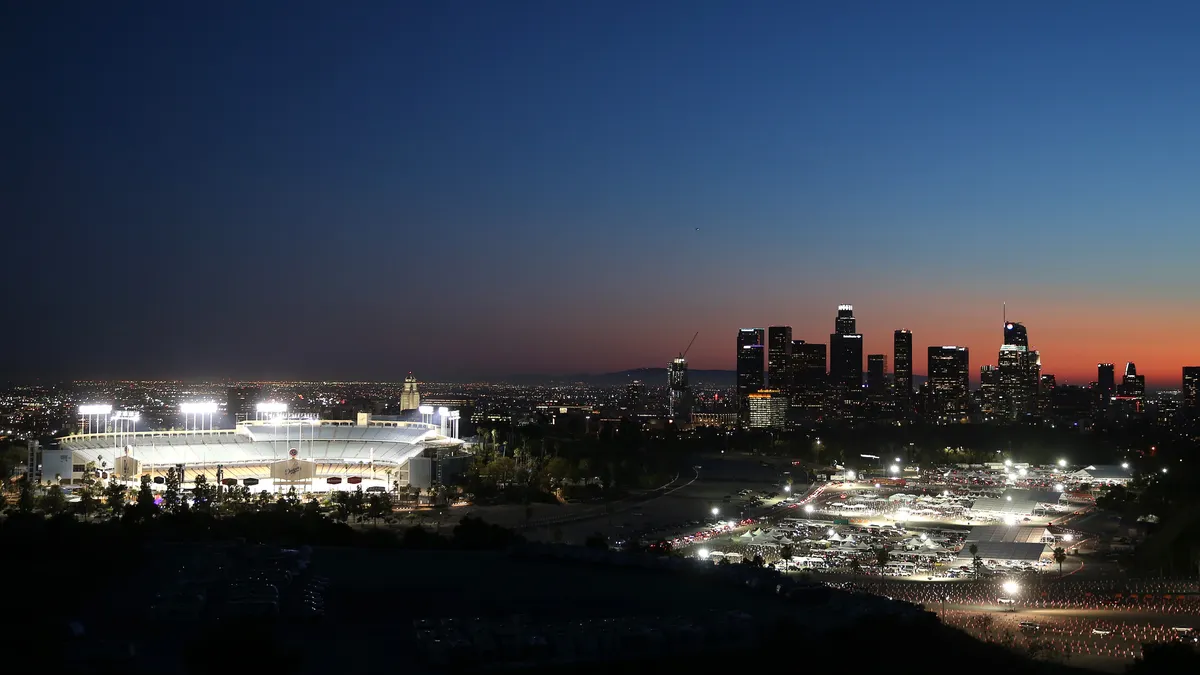Dive Brief:
- Energy storage developer Hydrostor on Wednesday filed an application with the California Energy Commission through a subsidiary to develop a 500 MW, 4,000 MWh storage facility in Southern California.
- The project, called the Gem Energy Storage Center, will use compressed air energy storage technology and is expected to have a capital investment of $975 million. The developer expects to bring it online as early as 2026.
- The planned project "is very well suited to service the greater Los Angeles Basin and Southern California in general," Curt Hildebrand, Hydrostor's senior vice president of commercial affairs, said. While no announcements about future storage projects are imminent in California, "we do have active development activities underway to assess additional siting opportunities," he added.
Dive Insight:
The news of the Gem Energy Storage Center comes a week after Hydrostor announced it had filed an application for another 3.2 GWh compressed air energy storage facility in California's San Luis Obispo county. That project is supposed to come online in 2026 and 2027, and could help with the state's efforts to shore up the grid after the anticipated retirement of the 2.2 GW Diablo Canyon nuclear plant by 2025, per Hydrostor.
This summer, California regulators approved an 11.5 GW procurement order that set aside 1 GW specifically for energy storage with a minimum duration of eight hours, to be procured around 2026.
The Gem project, which will be outside Rosamond, California, has a commercial operation date of 2026 and is expected to interconnect at either the Whirlwind Substation in Kern County, or the planned Rosamond Switching Station. The project will allow solar and wind resources "to be directly converted into reliable, on-demand peak capacity for the High Desert, the greater Los Angeles region and the broader California grid," Hydrostor said in a press release.
The company based in Toronto, Canada, will now navigate a public review process at the California Energy Commission, with the involvement of local, state and federal agencies.
The CPUC's recent procurement order has accelerated efforts to procure both batteries and long-duration resources in the state, Hildebrand said, and load-serving entities are busy trying to secure new capacity. However, there are challenges to siting any generation in California — for instance, the interconnection processes.
"So we do a lot of homework in advance to site our projects where we believe we have a good likelihood of having transmission rights and deliverability," he said.
Hydrostor also developed the 1.75 MW/10-plus MWh Goderich energy storage facility in Ontario, Canada, which came online in 2019 and is contracted by Ontario's Independent Electricity System Operator.















